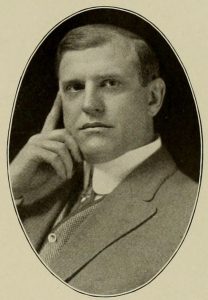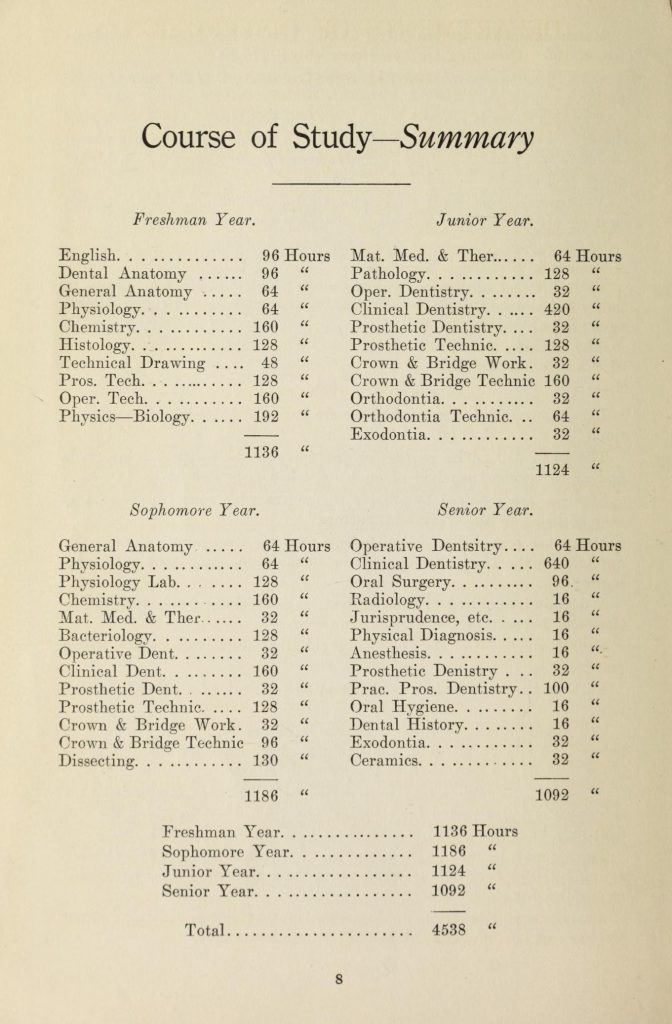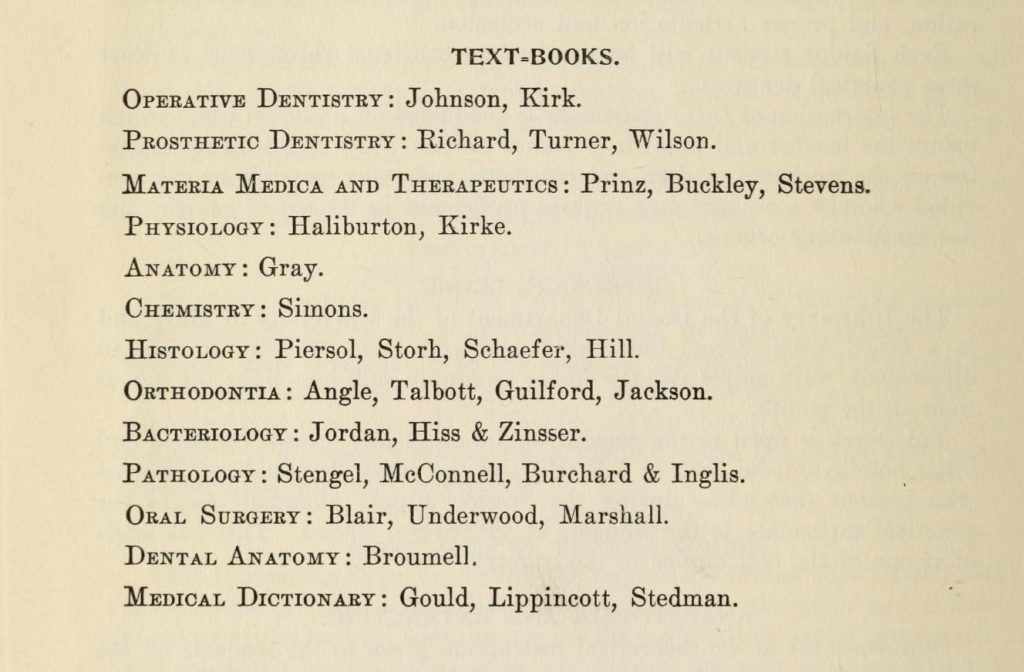The Health Sciences and Human Services Library Historical Collections’ strives to provide broad access to our diverse collections both in person and digitally. Materials in our collections appear as they originally were published or created and may contain offensive or inappropriate language or images and may be offensive to users. The University of Maryland, Baltimore does not endorse the views expressed in these materials. Materials should be viewed in the context in which they were created.
In the 1920-21 academic year the University of Maryland School of Dentistry was entering into its 39th session. It was established as a department in the School of Medicine in 1882. In 1920 the University of Maryland (in Baltimore) had merged with the Maryland State College of Agriculture. The merger brought with it the promise of a new dental building, which opened in January 1930 after yet another merger between the University of Maryland School of Dentistry (SOD) and the Baltimore College of Dental Surgery (occurred in 1924).
The School of Dentistry was located on the northeast corner of Greene and Lombard Streets under the direction of dean Dr. Timothy O. Heatwole. Dean Heatwole was named dean in 1911 and served until the merger with the BCDS in 1924. Dr. Heatwole also taught Materia Medica and Therapeutics.
The three-year dental degree cost $5 fee for application/matriculation to school, $150 ($1,944 in 2020 money) in tuition, a $30 diploma fee, and a $10 dissecting fee. Additional summer and spring courses were also offered at a cost of $75. It is helpful to note that in 1920 $1 is the equivalent of $12.96 in today’s money. Students could request a list of accommodations in town from the dean of the school
Students were examined three times per year and needed to exhibit Christian character and morality in order to continue attending the school and graduate. Admission to the school followed the requirements set by the National Association of Dental Faculties, which included application to the State Examiner and four years in high school or its equivalent. Graduates from medical schools could enter the SOD as sophomores. To graduate students had to attend four sessions of dental instruction, one year had to occur at the University of Maryland’s SOD, show proficiency in theory and practice of dentistry, and be at least 21 years old with good moral character. A passing grade for coursework was 75%; lower grades required retaking the course. Additionally, students had to have an 85% attendance rate.
The SOD offered hands-on experience for its students. This included an infirmary associated with the University of Maryland School of Medicine. The infirmary was opened to the general public six days a week from 1:30 to 6pm, except on Holidays. Additionally students could gain practical experience in the clinics of the University Hospital and were required to construct dentures in their second and third years. During the sophomore year students were required to dissect a human cadaver to better understand anatomy.
Like the other schools in the University of Maryland, many of the students and all of the faculty were white men. There were a few women in the school of dentistry during the 1920-21 academic year. The first woman graduate from the School of Dentistry was Dr. Georgiana Palmer Monks from the class of 1909. Most students were from the East Coast of the United States, especially Maryland and the surrounding states. Other northern and southern states were also represented as well as Puerto Rico and Canada.
To learn more about the School of Dentistry see the following:
- 1921 Terra Mariae Yearbook
- 1917-1918 School of Dentistry Academic Catalog
- 1923-1924 School of Dentistry Academic Catalog
- Gardner P.H. Foley’s 1988 History of the School of Dentistry
- 1921 Alumni Association Newsletter, The Booster




